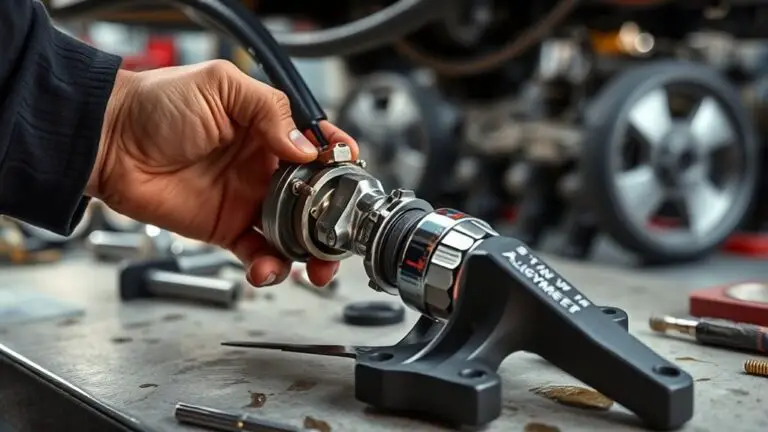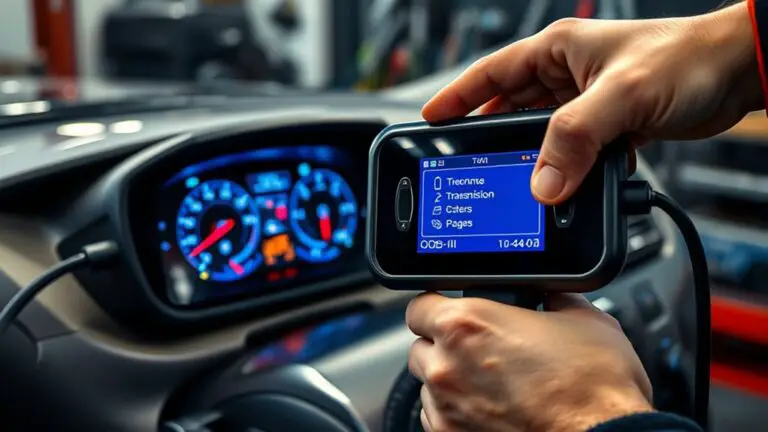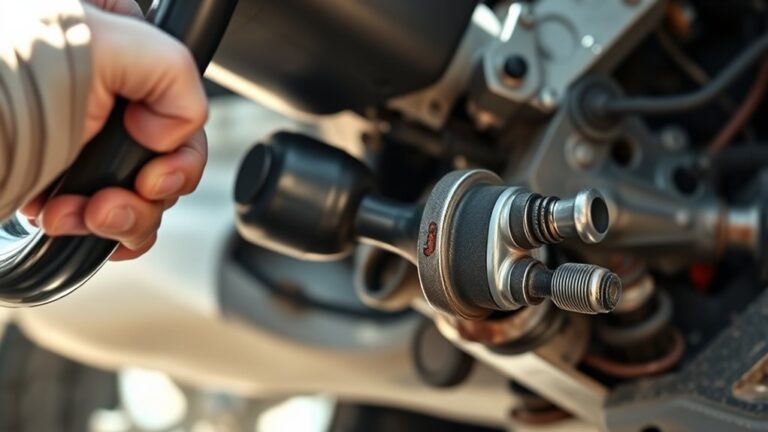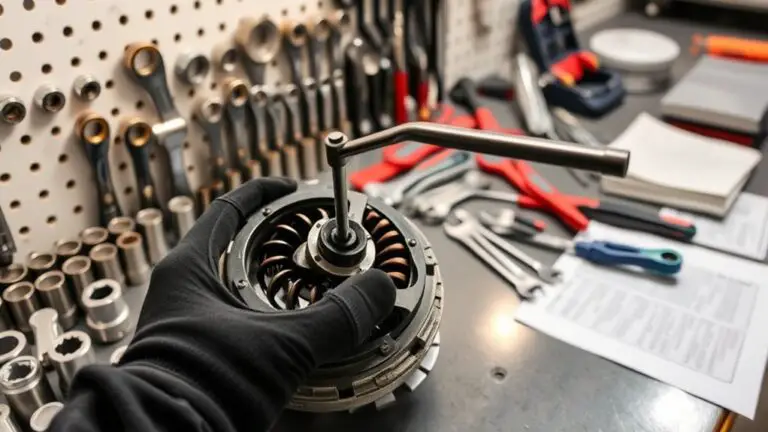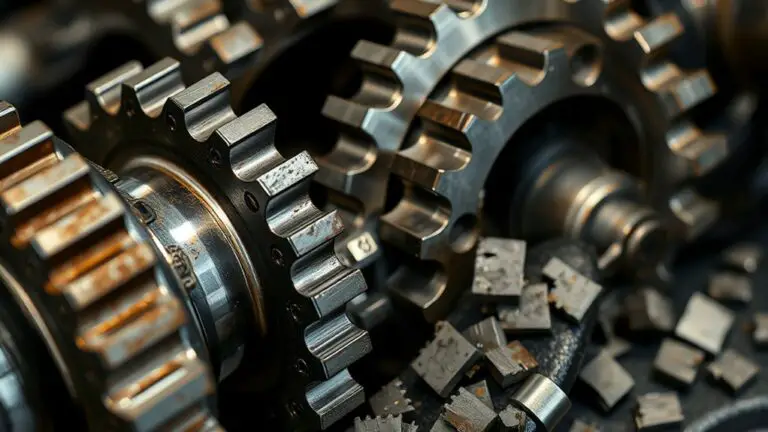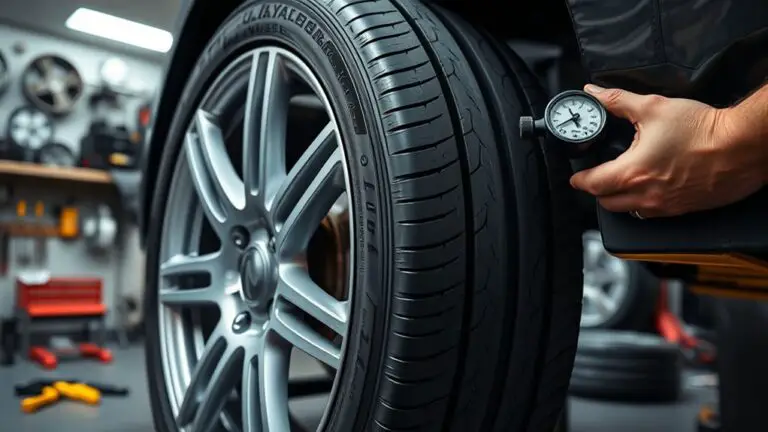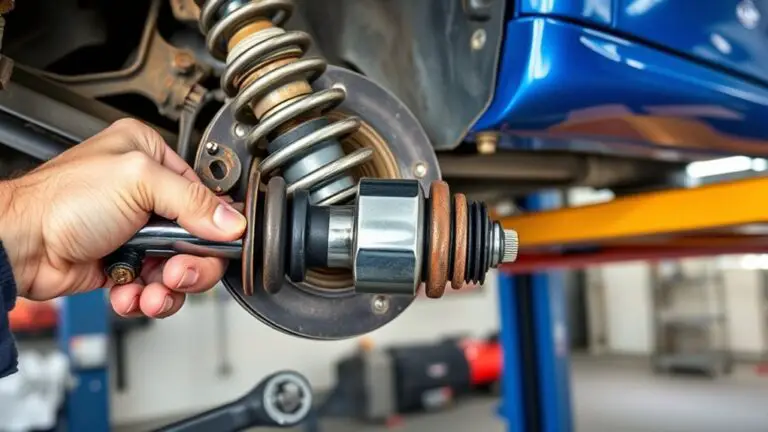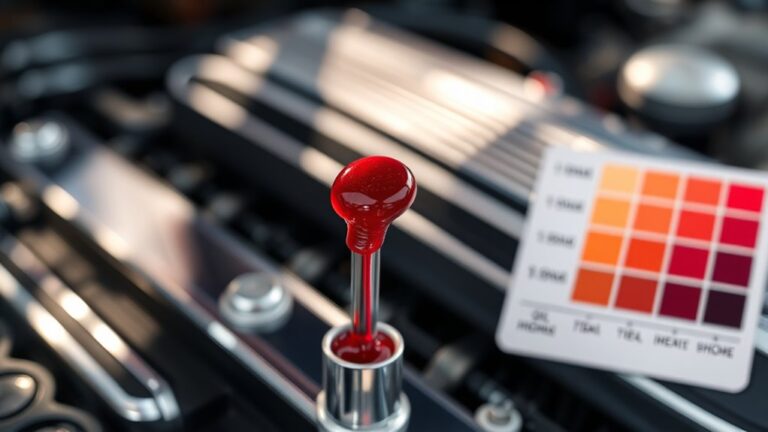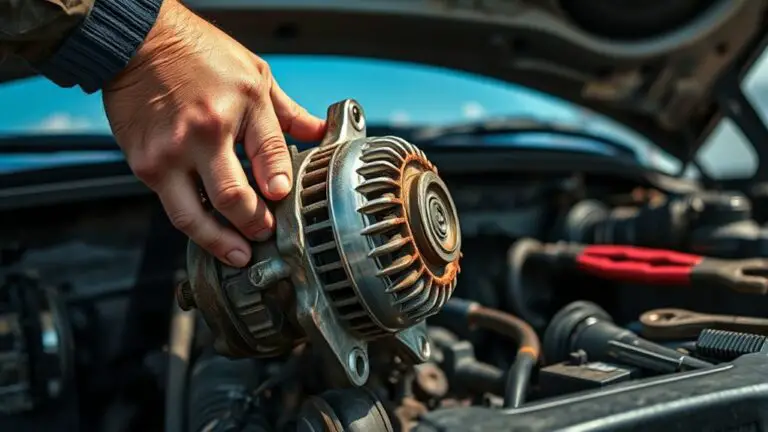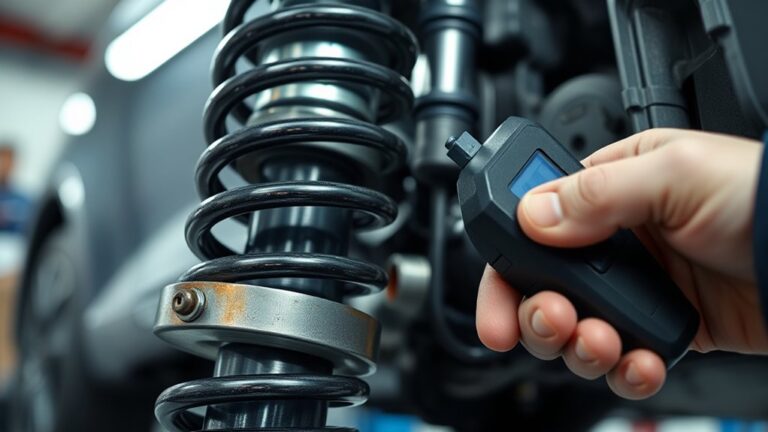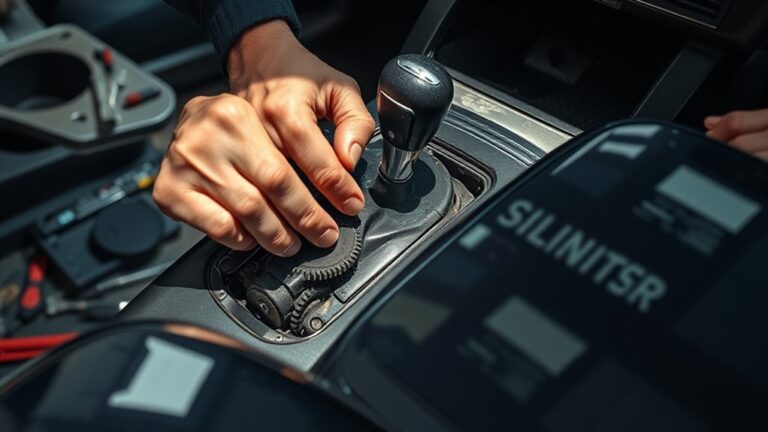DIY Alignment Checks to Catch Power Steering Leak Early
Start with a visual check under your car for fresh puddles, seepage, and crusty residues to spot power steering leaks early. Park on a flat surface, engine cool, and gather PPE. Inspect hoses, reservoir, and connections for cracks, stiffness, or damp spots. Check fluid level between min and max marks, using the correct type per…

